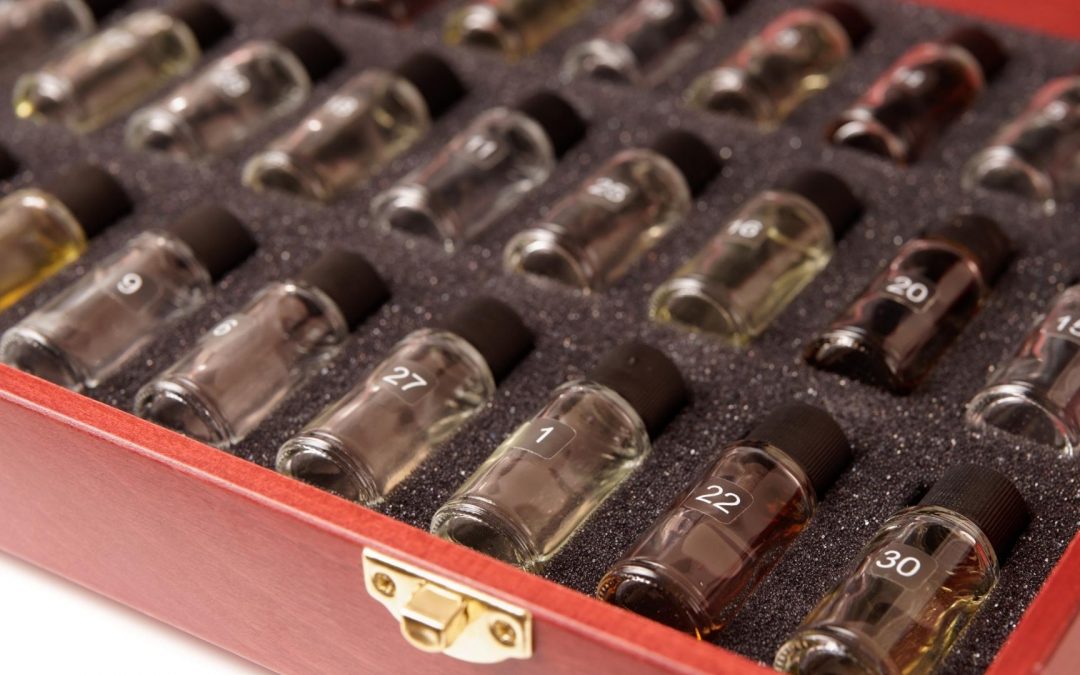Have you ever wondered why that wine you had last night smells of blueberry or cedar? Good news! There’s a course that helps us comprehend what we’re smelling when we take a big ‘ol gulp of vino. Moreover, it also allows us to understand better WHY we’re smelling it. The Fine Vintage Sensory Masterclass is offered in cities across North America and will have you sniffing your wine glass like you never thought possible.
What Is the Fine Vintage Sensory Masterclass?
I recently participated in the Sensory Masterclass in Calgary, Alberta. The class took place at the U of C’s downtown campus and was led by one of the city’s most knowledgeable instructors, Matthew Leslie. You’d be hard-pressed to find a more captivating and sensory-aware wine lover than Leslie. After joining the Fine Vintage instructor team in 2015, he completed his WSET Diploma in 2016. Later, he was accepted into the Master of Wine program. During the Sensory Masterclass, he talks about smelling and our brain’s interpretation of aromas for the entire 2-day duration. And he does it with innate passion and engaging analysis.
The Fine Vintage Sensory Masterclass covers 14 classic grape varieties. From Chardonnay and Chenin Blanc to Syrah and Sangiovese. Students are given three perfume strips dipped in pure aromatic essences commonly associated with a particular grape for each variety. As a group, we first analyze the strips and attempt to identify each aroma. Then, we determine which grape variety it expresses and taste the wine. The process is repetitive and sometimes even tiring for the senses. But the repetition pays off. By the end of the course, the analytical method of smelling becomes second nature.
How To Identify Wine Aromas
The unique part about the Fine Vintage Sensory Masterclass isn’t that we’re learning which aromas are typically found in common grape varieties. That’s (legal age of consumption) child’s play. Determining how certain aromatics make our brain trigger references or memories is the most underestimated aspect. For instance, we all know how a raspberry smells. It’s a familiar red fruit aroma found in many red wines. But without understanding the aroma, the process breaks down HOW an aromatic compound smells. For example, sweet (versus spicy), or perhaps sour (versus fresh), delicate (versus abrasive), pleasant (versus pungent), broad (versus sharp), and lifted or bright (versus weighty or dark). The descriptors are nearly endless.
You Get To Taste (Really Great) Wines
After evaluating the aroma strips, the class moves to the generously budgeted tasting portion. Six whites and six reds per day, times two days, equals 24 wines. We’re not talking about Kim Crawford Sauvignon Blanc or Tommasi Rosso, both palatable wines (depending on who you speak to), just not at the desired level. We’re talking about La Haubette Sancerre, Patrick Javillier Mersault, and E. Guigal Côte Rôtie. I tallied up the retail prices of all 24 wines, and they equal $1,476.00. Looking back at my WSET 3 wine logs, the daily budget is about the same (between $700-$800). However, there are no prerequisites and no exams for the Sensory Masterclass. This leads me to…
What You Need To Take the Course
Literally, nothing. All you need is a working sniffer and a keen enthusiasm for knowledge. In my intimate class of 7, there were people of all wine levels. From recreational, just-here-to-learn wine appreciators. To winery tasting bar employees who wanted to up their game in anticipation of taking further wine education.
What You Get for Taking the Course
You get more than a deeper understanding of wine and senses. You also get a nifty certificate (for those who like hanging things on walls). But by registering and completing the course, you also receive a FREE Fine Vintage online course (valued at $99-$299, depending on the course) and FREE access to their extensive video library. Are you interested in becoming a better smeller? Check out the Fine Vintage Sensory Masterclass course overview and check your city to register.
Day 1 Wine Log
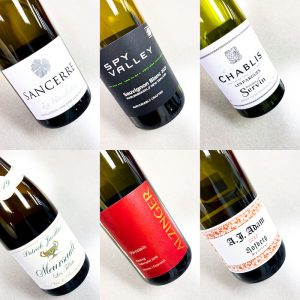
| 1 | Sauvignon Blanc | La Haubette | Sancerre AOC | Loire, France | 2019 | 36.00 |
| 2 | Sauvignon Blanc | Spy Valley | Marlborough, New Zealand | 2021 | 24.00 | |
| 3 | Chardonnay | Domaine Servin | Chablis 1er Cru AOC, Les Paragues – 375ml | Burgundy, France | 2018 | 25.00 |
| 4 | Chardonnay | Patrick Javillier | Meursault AOC, Les Tillets | Burgundy, France | 2019 | 106.00 |
| 5 | Riesling | Weingut Alzinger | Wachau DAC, Dürnstein, Federspiel | Wachau, Austria | 2018 | 40.00 |
| 6 | Riesling | Weingut A.J. Adam | Dhroner Hofberg, Spätlese | Mosel, Germany | 2020 | 54.00 |
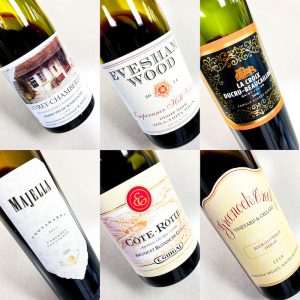
| 1 | Pinot Noir | Domaine Gérard Raphet | Gevrey-Chambertin AOC | Burgundy, France | 2018 | 118.00 |
| 2 | Pinot Noir | Evesham Wood | Willamette Valley AVA, Temperance Hill | Oregon, USA | 2014 | 60.00 |
| 3 | Cabernet Sauvignon Blend | La Croix Ducru- Beaucaillou | Saint-Julien AOC | Bordeaux, France | 2018 | 110.00 |
| 4 | Cabernet Sauvignon | Majella | Coonawarra GI | South Australia, | 2015 | 39.00 |
| 5 | Syrah | E. Guigal | Côte Rôtie AOC, Brune et Blonde de | Rhône, France | 2017 | 85.00 |
| 6 | Shiraz | Greenock Creek | Barossa Valley GI, Four Cuttings | South Australia, | 2019 | 45.00 |
Day 2 Wine Log
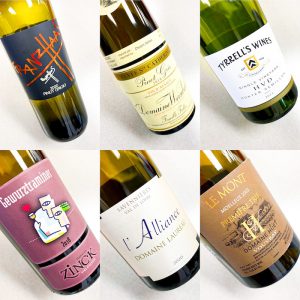
| 1 | Pinot Grigio | Franz Haas | Vignetti delle Dolomiti IGT | Alto-Adige, Italy | 2020 | 27.00 |
| 2 | Pinot Gris | Domaine Weinbach | Alsace AOC, Cuvée Ste. Catherine | Alsace, France | 2018 | 85.00 |
| 3 | Semillon | Tyrrell’s Wines | Hunter Valley, HVD Vineyard | NSW, Australia | 2013 | 55.00 |
| 4 | Gewurztraminer | Domaine Paul Zinck | Alsace AOC, Portrait Series | Alsace, France | 2018 | 26.00 |
| 5 | Chenin Blanc | Domaine Damien Laureau | Savennieres AOC, l’Alliance | Loire, France | 2020 | 49.00 |
| 6 | Chenin Blanc | Domaine Huet | Vouvray AOC, Moelleux, 1er Trie, Le Mont – 375 ml | Loire, France | 2002 | 62.00 |
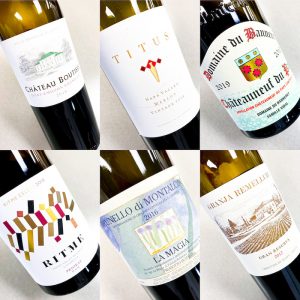
| 1 | Merlot Blend | Château Grand Boutisse | Saint-Emilion Grand Cru AOC | Bordeaux, France | 2018 | 53.00 |
| 2 | Merlot | Titus Family Vineyards | Napa Valley AVA | California, USA | 2018 | 75.00 |
| 3 | Grenache Blend | Domaine Benneret | Chateauneuf-du-Pape AOC | Rhône, France | 2019 | 77.00 |
| 4 | Garnacha Blend | Ritme Cellars | Priorat DOQ | Penedès, Spain | 2018 | 55.00 |
| 5 | Sangiovese | Podere La Magia | Brunello di Montalcino DOCG | Tuscany, Italy | 2016 | 60.00 |
| 6 | Tempranillo Blend | Remeilluri | Rioja Gran Reserva DOCa | Rioja, Spain | 2012 | 110.00 |

